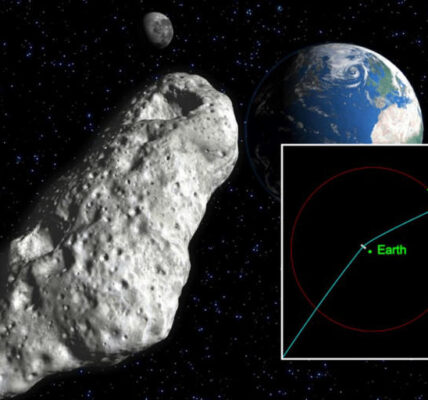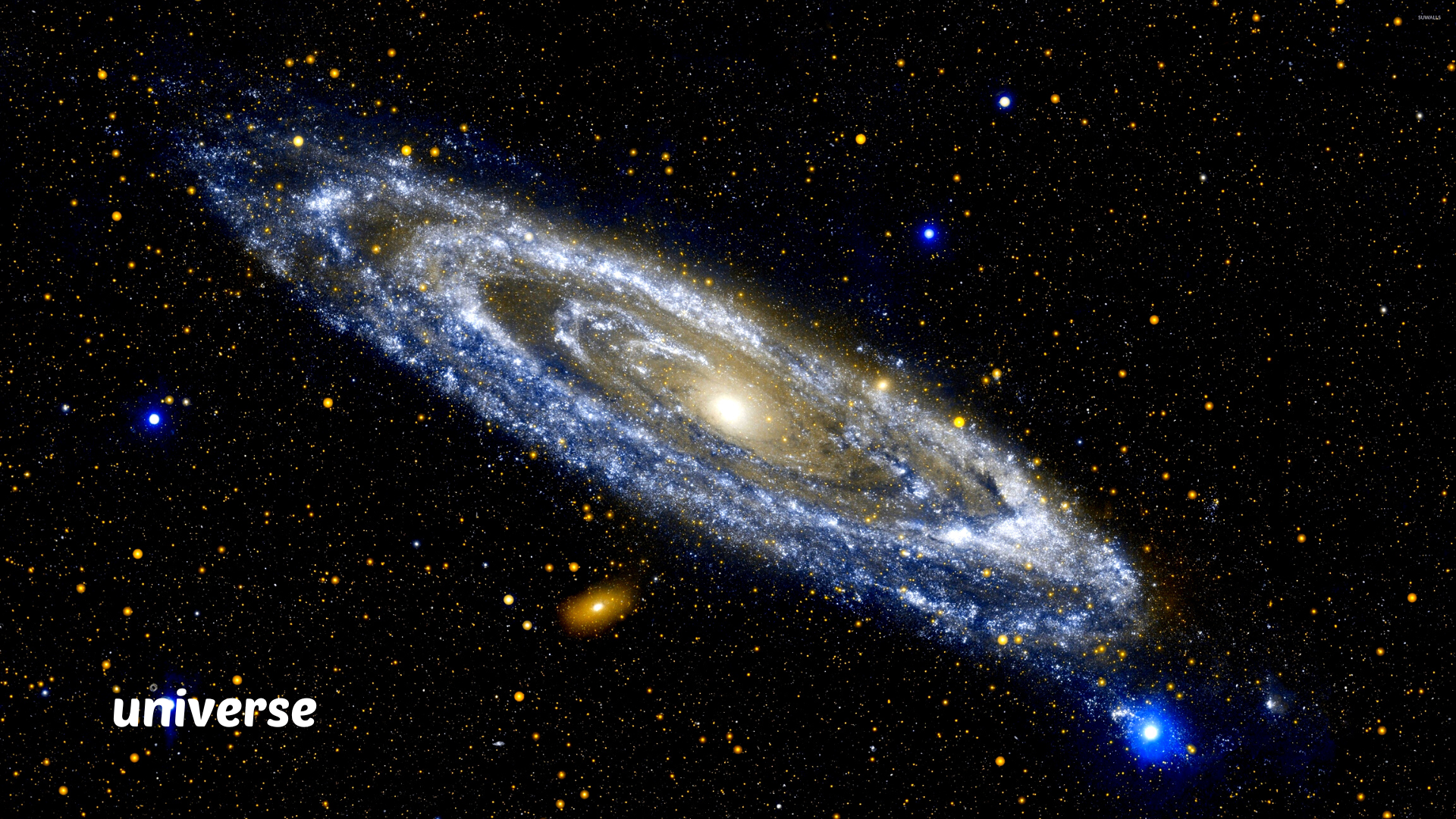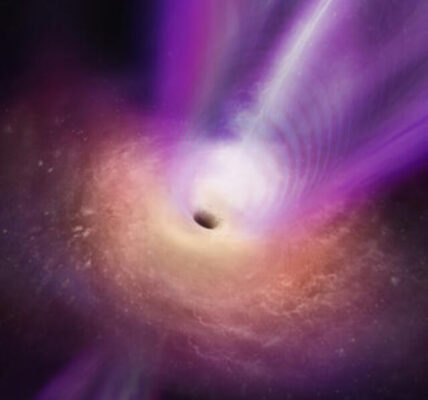Self-Interacting Dark Matter (SIDM) and the El Gordo Galaxy Cluster
Self-Interacting Dark Matter (SIDM) offers new insights into the mysterious behavior of dark matter within the massive El Gordo galaxy cluster. This blog explores recent findings and their implications for cosmology.
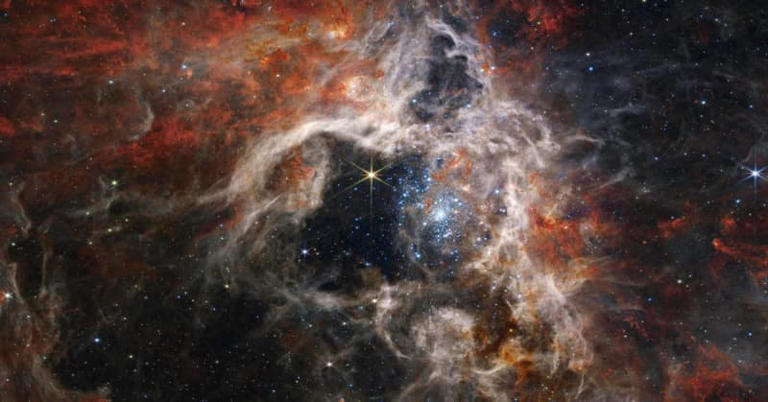
© Provided by Space
Introduction
Self-Interacting Dark Matter (SIDM) has become a hot topic in the world of cosmology, particularly with the recent studies on the El Gordo galaxy cluster. El Gordo, which means “the Fat One” in Spanish, is an incredibly massive cluster of galaxies about 7 billion light-years away from Earth. This colossal cluster provides a fascinating laboratory for studying the properties of dark matter, especially the possibility that dark matter might interact with itself.
The Mystery of Dark Matter
Dark matter remains one of the most puzzling components of our universe. According to current cosmological models, dark matter makes up about 90% of the universe’s total matter content, vastly outnumbering the ordinary, baryonic matter that forms stars, planets, and everything we can see.
Cold Dark Matter (CDM) Model
For years, the Cold Dark Matter (CDM) model has been the standard framework for understanding dark matter. This model suggests that dark matter consists of cold, collisionless particles that interact only through gravity. Under this model, when galaxies collide, the gas within them should behave differently from dark matter, with the gas dissipating energy and lagging behind the dark matter.
El Gordo: A Unique Case
El Gordo challenges the CDM model with its unique characteristics. This galaxy cluster is composed of two subclusters colliding at very high speeds. Observations have shown unexpected behaviors in El Gordo that the CDM model cannot easily explain. For example, the gas and dark matter peaks in El Gordo do not align as the CDM model predicts.
The SIDM Model
This is where the Self-Interacting Dark Matter (SIDM) model comes into play. The SIDM model proposes that dark matter particles can interact and collide with each other, potentially exchanging energy. This interaction would lead to different behavior during galaxy collisions compared to the predictions of the CDM model.
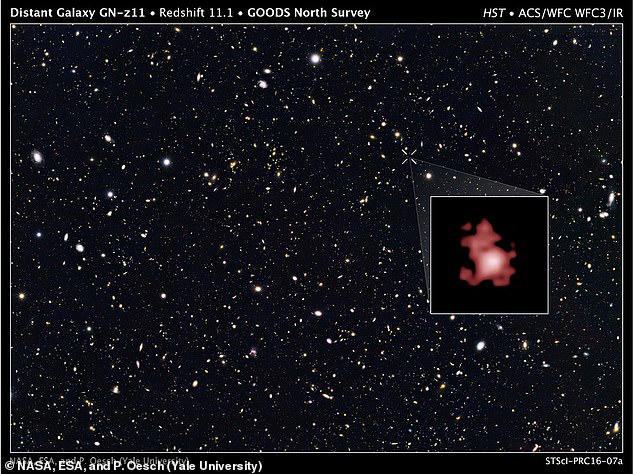
© Provided by Space
Simulating El Gordo
Researchers from Italy’s Scuola Internazionale Superiore di Studi Avanzati (SISSA) set out to simulate the dynamics within the El Gordo cluster to test the SIDM model. Their simulations aimed to reproduce the observed characteristics of El Gordo and see if SIDM could better explain the cluster’s behavior.
Key Findings
The SISSA team’s simulations yielded intriguing results. They found that the relative separations between different mass centroids in El Gordo could be naturally explained if dark matter were self-interacting. This means that the SIDM model could potentially provide a better explanation for the observed anomalies in El Gordo than the CDM model.
Observational Evidence
Observations of El Gordo revealed several interesting features. In the southeastern (SE) subcluster, the peak of the X-ray emissions precedes the dark matter peak. Additionally, the Brightest Cluster Galaxy (BCG) in El Gordo trails the X-ray peak and is offset from the SE mass centroid. Similar spatial offsets were observed in the northwestern (NW) subcluster. These features align with the predictions made by the SIDM model.
Challenges and Inconsistencies
Despite these promising findings, there are still challenges to fully validating the SIDM model. Some observed values in El Gordo exceed the predicted limits of current SIDM models, suggesting that the true nature of dark matter interactions might be more complex than these models can currently account for.
The Future of Dark Matter Research
The study of El Gordo has highlighted the need for more sophisticated models and further research into the properties of dark matter. While the SIDM model offers a compelling explanation for some of the anomalies observed in El Gordo, it’s clear that we still have much to learn about this mysterious component of the universe.
Conclusion
Self-Interacting Dark Matter (SIDM) presents an exciting avenue for understanding the behavior of dark matter, particularly in complex systems like the El Gordo galaxy cluster. The findings from the SISSA team’s simulations provide valuable insights but also underscore the complexities involved in studying dark matter. As research continues, we can hope to unravel more of the mysteries surrounding dark matter and its role in the cosmos.
Self-Interacting Dark Matter (SIDM) remains a promising yet challenging field, and the massive El Gordo galaxy cluster provides an ideal cosmic laboratory for testing these theories. By continuing to explore and refine our models, we move closer to a comprehensive understanding of the universe’s most mysterious substance.
ALSO READ:
“Diamond Exoplanet: 5 Astonishing Discoveries That Will Blow Your Mind!”
